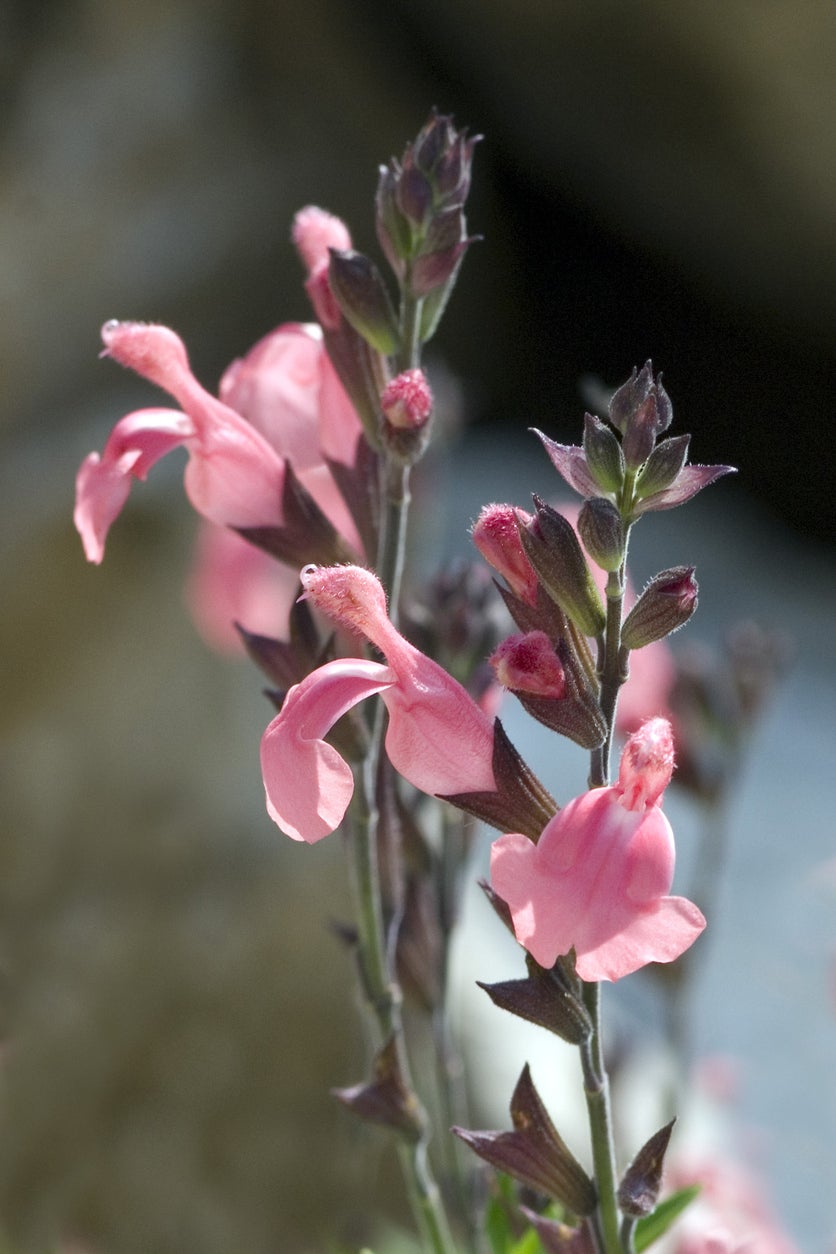Autumn Sage Care: Growing An Autumn Sage Plant In The Garden


Selecting perennial flowers can be one of the most difficult aspects of planting flower borders or landscapes. Carefully taking the needs and requirements of the plants into consideration will help to ensure that these plantings are quick to establish themselves, and will look great throughout the growing season.
The autumn sage plant is a perennial that has gained popularity. Not only is this plant versatile, but it offers growers a season filled with flower blooms.
What is Autumn Sage?
Autumn sage plant, or Salvia greggii, is a native perennial plant to regions of Mexico, New Mexico, and southern Texas. Reaching roughly 3 feet (1 meter) in both height and width at maturity, these native plants are ideal candidates for wildflower gardens and for use in conventional flower gardens.
Though red cultivars are most common, autumn sage flowers can be found in a wide range of colors. Beyond their blooms, autumn sage plants also feature uniquely fragrant foliage which can be easily maintained through routine trimming.
How to Plant Autumn Sage
When choosing to grow autumn sage, gardeners will first need to locate transplants. While it is possible to grow this plant from seed, cuttings or transplants will produce a plant that is true to type. Purchasing plants from a reputable retailer will ensure that the plants are healthy and disease-free.
Choose a well-draining location that receives full sun. Like most types of salvia, autumn sage plants will not do well in plantings with excess moisture. This makes them ideal candidates for container plantings, xeriscape yards, or those living in drier climates.
The temperature will also be key in success when growing these plants. Though the hardiness of the plants will vary by cultivar, autumn sage is generally hardy to about 15 F. (-9 C.). Temperatures colder than this may result in damage or the complete loss of the plants.
Sign up for the Gardening Know How newsletter today and receive a free copy of our e-book "How to Grow Delicious Tomatoes".
After selecting a site, simply dig a hole twice as wide and twice as deep as the root ball of the plant. Place it into the planting hole and gently fill the soil back into it. After planting, water the autumn sage plants consistently until they have become established.
Once established, autumn sage care is minimal. In most growing regions, irrigation is not required, as rainfall is often adequate. There may be exceptions to this, however, such as with instances of drought.
Autumn sage plants are also quite adaptable in terms of their ability to thrive in less than ideal soil conditions. With occasional fertilization and irrigation, growers will be rewarded with prolific flower gardens.

Tonya Barnett has been gardening for 13 years. Flowers are her passion. She has transformed her backyard into a cut flower garden, which she regularly chronicles on her YouTube channel http://www.youtube.com/@tonyawiththeflowers.